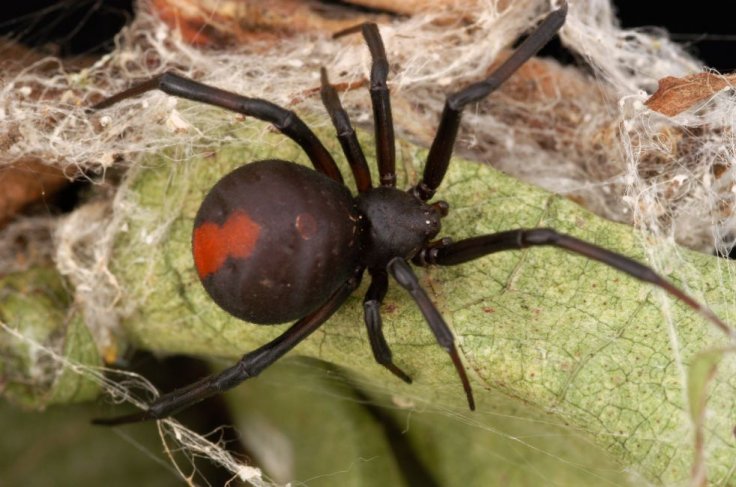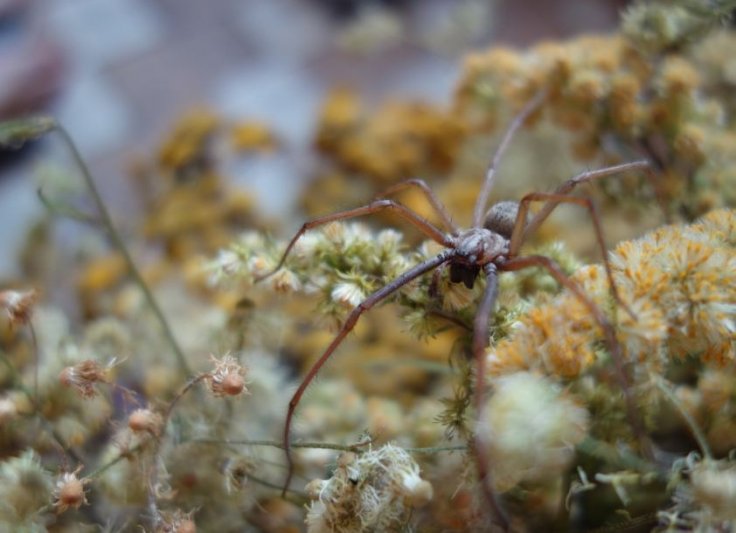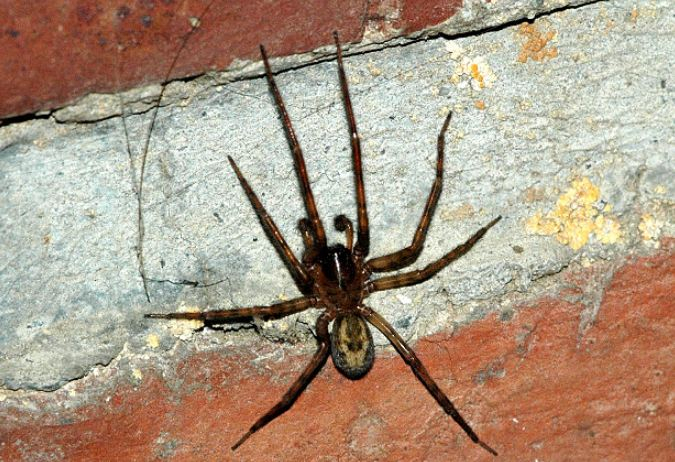Most Marvel fans wish that a spider bite would miraculously endow them with Spider-Man's superpowers. And some individuals can relate to the arachnophobia that Ron Weasley from the Harry Potter franchise harbored. With their eight spindly (and occasionally hairy) legs, their numerous eyes, and the rare venom, they can be fright-inducing yet fascinating.
Now, scientists have discovered that common house spiders can transmit bacteria that are resistant to antibiotics or possessing antimicrobial resistance (AMR), and can cause sickness in people, suggesting that Ron was right to fear spiders.
The study by researchers from the National University of Ireland put an end to the debate surrounding the question of whether spiders can cause diseases in people. The paper adds credence to the broad range of symptoms that several spider bite victims have complained about for years, especially the bite of the Noble False Widow spider (Steatoda nobilis) that is now extensively found in Europe, including Ireland and Britain, and the Americas.

"The diversity of microbes never ceases to amaze me. The power to survive and thrive in every environment is shown here by the presence of antimicrobial resistance bacteria even in spider venom. Antimicrobial resistance (AMR) is an urgent and growing problem worldwide," said Dr. Aoife Boyd, senior author of the study, in a statement.
Causing More than Just Pain
Over 40,000 species of spiders exist across the planet, and they exist in numerous shapes, colors, and sizes. While the worst that several species can do is deliver a bite that causes redness, itching, and mild-to-moderate pain, other species such as tarantulas can deliver painful bites and are armed with toxic venom that can be harmful to human beings.
For example, Australian Black Widow (Latrodectus hasselti)—belonging to a genus closely related to that of the noble false widow spider—are known for their deadly venom that is potentially harmful to humans. However, the bites from their rather harmless looking cousins in Europe and North America have been known to lead to rare "skin-eating" conditions.

This has often been attributed to secondary infections triggered by touching and scratching of the bite site by the individual. The current research, nevertheless, suggests that these spiders not only harbor bacteria but also pathogens that can be transmitted to humans through their fangs as they deliver a bite.
Carrying Lethal Bacteria
For the study, the authors examined three species of spiders that are commonly found in homes: Lace-webbed spider (Amaurobius similis), Giant house spider (Eratigena atrica), and Noble false widow spider (Steatoda nobilis). They recovered multiple bacterial species such as Salmonella (5), Staphylococcus (2), Bacillus (1), and Escherichia (1), from these spiders.
Through their analysis, the team of microbiologists and zoologists learnt that all the spiders carried at least one of the several species and strains of bacteria that were isolated. However, since S. nobilis bites have led to a rise in the number of patients complaining of symptoms, the bacterial samples collected from both dead and live specimens were chosen to ascertain their lethality to human beings and were cultured.

Among the 22 bacterial species isolated from S. nobilis and cultured, 12 were associated with human pathogenicity. These included lethal pathogens such as Kluyvera intermedia, Rothia mucilaginosa, Staphylococcus epidermidis, and Pseudomonas putida among others.
Resistant to Antibiotics
When tested for their vulnerability against antibiotics, all the pathogens isolated from S. nobilis could be neutralized by Ciprofloxacin. However, Pseudomonas putida, Staphylococcus capitis, and Staphylococcus edaphicus, bacteria from the other two spiders displayed resistance to multiple antibiotics.
"Our study demonstrates that spiders are not just venomous but are also carriers of dangerous bacteria capable of producing severe infections. The biggest threat is that some of these bacteria are multi-drug resistant, making them particularly difficult to treat with regular medicine," stated Neyaz Kahn, co-lead author of the study.
Poison Does Not Kill Poison Always

The venoms of several spiders have been known to exhibit antibacterial properties. Therefore, the question of whether the venom delivered at the site of the bite can neutralize the bacteria released along with it has been debated. However, according to the study, this scenario does not hold good at least in the case of the false widow spider as the bacteria in them retained their pathogenicity.
Dr. John Dunbar, co-author of the study, highlighted that despite the existence of around 10 species of spiders in Europe whose fangs have the capacity to penetrate the skin and release venom, S. nobilis is of medical importance due to the effects that follow after its bite. "In some cases, however, victims seem to develop long-lasting infections for which strong antibiotic treatment - and sometimes a hospital stay - are necessary," he emphasized.
Talking about the concurrence of spider bites and infections, Dr. Dunbar concluded, "It is this increasing range expansion and massive rise in dense populations of false widow spiders around urbanized areas across Ireland and Britain that has seen a rise in bites with some severe envenomation symptoms but also infections, which in some cases proved even difficult to treat with antibiotics.









